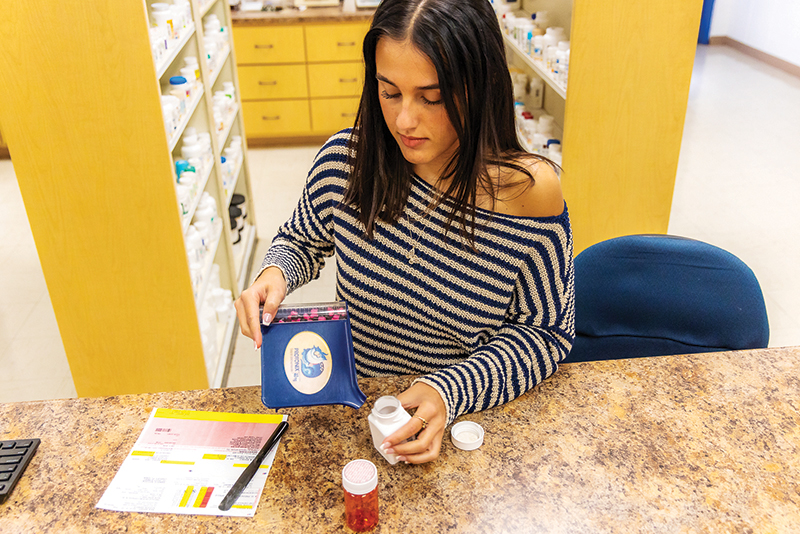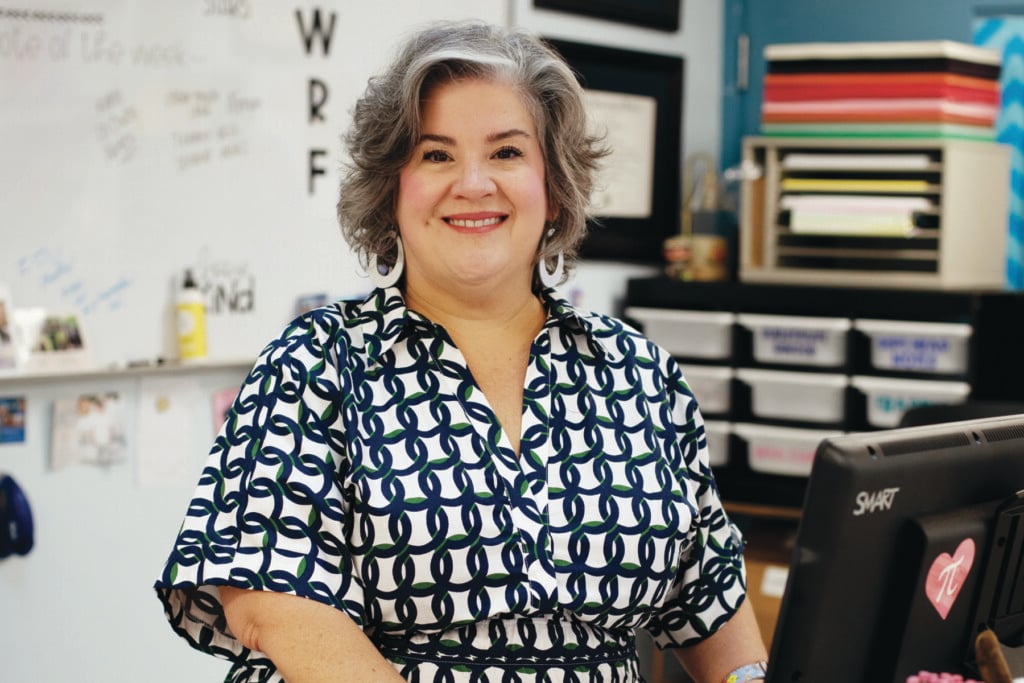Career Education
Certificate programs, investment in tech benefit students

The Washington County School District is working to evolve and stay ahead of changes brought on by trends such as AI and other emerging technologies.
The district supports a robust number of career education initiatives and emphasizes the importance of helping children become comfortable with technology at an early age.
Career and Technical Education (CTE) programs are offered at middle and high school levels to enable students to begin exploring career paths at an early age. Certifications can be earned in information technology, culinary arts, agriculture, engineering and criminal justice.
Students can also enroll in CTE programs at Florida Panhandle Technical College (FPTC) and Chipola College. Currently, high school students are dual enrolled in programs including Pharmacy Tech, Welding, Carpentry, Automobile Services, Drafting, Multimedia Digital/Print Design, Nurse Aide and Orderly, Basic Health Care Worker, Diesel Engine Mechanics and more.
FPTC Director Bryan Lee said CTE programs help students discover interests and expand their skill sets.
“Students may decide to earn a certification to support or enhance an existing skill or career,” Lee noted. “CTE also exposes them to a large number of options and new opportunities.”
He said CTE programs increase a student’s employability and benefit the community’s future workforce and overall economic health.
About 70 percent of Washington County’s 2023 graduating seniors completed their high school careers with one or more industry certifications.
“While the more advanced curriculum and programs are offered at the middle and high school levels, we actually start with mapping career paths in elementary school,” said Susan Saunders, the district’s director of curriculum and instruction. “This is done through age-appropriate programs that get students thinking on the most basic level, starting with the simple question: ‘What do I want to be when I grow up?’”
School Superintendent Joe Taylor says building a foundation in digital literacy at the elementary school level is also a key component to the success of a student’s experience in career education.
“We are one-to-one on computers,” he said. “Every student has one. This is 2023; kindergartens are going to learn to use a touchscreen. Some may ask, ‘Why do you need a computer for a first grader?’ The answer is because they’re going to use them. They have to be ready.”
“If students are familiar and comfortable with basic technologies at an early age, they will be less timid about advanced technologies as they come along,” agreed Saunders.
According to the National Center for Educational Statistics (NCES), more than 17% of Washington County households are without broadband internet, and more than 29% are living below the poverty level.
Taylor says the district’s investment in technology “isn’t an equalizer,” but it does help close academic achievement gaps and ensure that all students have access to technological resources that will help them develop much-needed skills.
“Education is the sum of all your experiences, and you, for a variety of reasons, won’t have the same experiences as someone who came from a different community, a different area — or a different anything,” he said. “If a student has access to the internet and technology, they have access to be exposed to all kinds of skills and value-added work experiences.”

A drafting student using AUTOCAD works on an Alien Software computer. Photo by Florida Panhandle Technical College Photography Program
Computers were part of an investment the district made after Washington County voters approved a half-cent sales tax in 2018 to fund school district capital projects and address educational technology needs. The 10-year surtax went into effect during the middle of the district’s fiscal year in January 2019 and has since generated more than $6 million for technology and capital projects.
Taylor says those funds, which also expanded the district’s broadband connectivity, paid off during the COVID-19 pandemic.
“We were fortunate in that we could provide resources to our students that other districts couldn’t,” Taylor said. “By the 2019–20 school year, we had a one-to-one ratio for students to computers and expanded our broadband infrastructure to handle increased devices and data usage. This was instrumental in continuing educational services through these technological upgrades to students when schools closed in March 2020. Teachers were able to provide a video lesson, stay in contact with students and parents, receive online assignments and other technology support as a result of upgrades the district had made to technology equipment and infrastructure.”
Taylor adds that the K-12 approach to digital literacy and career mapping gives students a much-needed edge once they are ready to enter the workforce.
“It’s to prepare them,” Taylor said. “Students can go to an employer with these certifications and say, ‘I have this,’ and it gives them a head start. At the end of the day, we need a workforce. Growth is coming to Washington County. It’s our job to help these students be ready — and the opportunity is there for them if they have the skills.”


